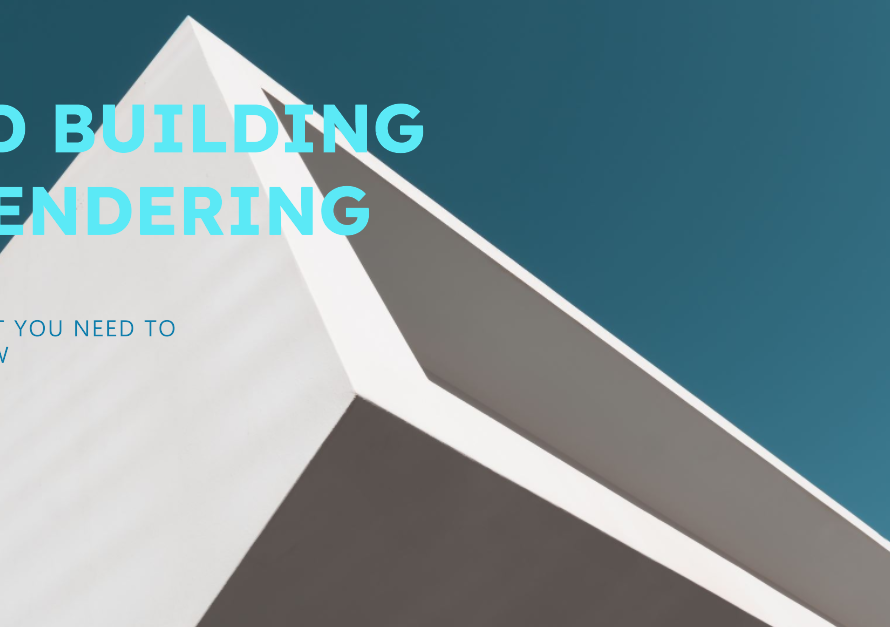
Table of Contents
- The Power of Architectural Logo Design
- Historical Influences on Modern Designs
- Essential Elements of an Architectural Logo
- Typography: The Silent Communicator
- The Role of Color in Architectural Logos
- Balancing Tradition and Innovation
- Case Studies: Iconic Architectural Logos
- The Process of Creating an Architectural Logo
- Future Trends in Architectural Logo Design
- Conclusion: The Lasting Impact of a Well-Designed Logo
The Power of Architectural Logo Design
Architectural logo design serves as the cornerstone of a firm’s identity, bridging the gap between visual artistry and functional representation. In an industry where aesthetics and precision are paramount, a well-crafted logo can significantly elevate a firm’s market presence and brand recognition. It’s more than just a symbol; it embodies the ethos, values, and aspirations of the firm.
Moreover, architectural logos often reflect the sophistication and elegance of the structures their creators design. They encapsulate the essence of an architect’s vision, translating complex design philosophies into a single, impactful visual cue. This crucial first impression can set the tone for client relationships, project bids, and overall market positioning.
Historical Influences on Modern Designs
Understanding the historical context of architectural logo design enhances appreciation for contemporary styles. Early logos often incorporated classical elements, mirroring the architectural movements of their times. For instance, many logos from the Renaissance period featured intricate designs and symmetry, reflecting the era’s architectural achievements.
In contrast, the modernist movement introduced minimalist logos, emphasizing function over form. This shift influenced many architectural firms to adopt clean lines and simple geometric shapes in their branding. These historical influences continue to shape modern logo design, blending tradition with innovation to create timeless symbols.
Essential Elements of an Architectural Logo
The success of an architectural logo lies in its core elements: simplicity, scalability, and relevance. Simplicity ensures that the logo is easily recognizable and memorable. Overly complex designs can obscure the intended message and fail to leave a lasting impression.
Scalability is crucial because logos must maintain their integrity across various mediums, from business cards to billboards. A well-designed logo retains its clarity and impact, regardless of size. Relevance ties the logo to the firm’s identity, ensuring it accurately reflects its mission, values, and design philosophy.
Typography: The Silent Communicator
Typography plays a silent yet powerful role in architectural logo design. The choice of typeface can convey a spectrum of messages, from modernity and innovation to tradition and stability. Serif fonts often suggest reliability and heritage, making them ideal for firms with a long-standing history. Sans-serif fonts, on the other hand, project a sense of modernity and forward-thinking, aligning with contemporary design practices.
Kerning, spacing, and alignment of text also significantly impact the overall aesthetic. Proper attention to these details ensures that the text complements the logo’s visual elements, creating a harmonious and professional appearance. Typography should never be an afterthought; it is a fundamental aspect of the design process.
The Role of Color in Architectural Logos
Color selection in architectural logo design is not merely an aesthetic choice but a strategic one. Colors evoke emotions and associations that can influence perception. For example, blue often represents trust and professionalism, making it a popular choice for corporate entities. Green symbolizes growth and sustainability, aligning well with firms focusing on eco-friendly practices.
The psychology of color underscores the importance of deliberate selection. Complementary color schemes can create balance, while bold contrasts can make a logo stand out. Understanding the cultural connotations of colors is also crucial, especially for firms operating in international markets.
Balancing Tradition and Innovation
Architectural firms often grapple with balancing tradition and innovation in their logo designs. A logo rooted too deeply in tradition may appear outdated, while one that is overly innovative might alienate long-time clients. The key is to find a middle ground that honors the firm’s heritage while embracing modern design trends.
Incorporating traditional elements with a contemporary twist can achieve this balance. For example, a logo might feature a classic architectural motif rendered in a modern, minimalist style. This approach ensures the logo remains relevant and appealing to both new and existing clients.


Case Studies: Iconic Architectural Logos
Analyzing iconic architectural logos provides valuable insights into effective design principles. Take the logo of Foster + Partners, which features a sleek, modern typeface paired with a simple yet elegant icon. This design reflects the firm’s cutting-edge approach to architecture and its emphasis on innovation.
Similarly, the logo for Zaha Hadid Architects utilizes dynamic, flowing lines to mirror the fluidity and organic nature of Hadid’s architectural style. These logos are not only visually striking but also deeply reflective of the firms’ identities and design philosophies.
The Process of Creating an Architectural Logo
The creation of an architectural logo involves a meticulous process, beginning with thorough research. Understanding the firm’s history, mission, and values is essential. This research phase often includes analyzing competitors’ logos to identify trends and opportunities for differentiation.
Next comes the conceptualization phase, where designers brainstorm and sketch multiple ideas. This stage is crucial for exploring various directions and refining concepts. Once a concept is chosen, designers move to the digital phase, using software to create polished versions. Feedback and revisions follow, ensuring the final design meets all aesthetic and functional criteria.
Future Trends in Architectural Logo Design
The future of architectural logo design promises exciting developments, driven by technological advancements and evolving design philosophies. One emerging trend is the use of generative design, where algorithms create unique, complex patterns and shapes. This approach can produce highly original and intricate logos that stand out in a crowded market.
Another trend is the increasing emphasis on sustainability, reflected in logos through the use of eco-friendly colors and symbols. As the architectural industry continues to prioritize green practices, logos that convey environmental responsibility will become more prevalent.
Conclusion: The Lasting Impact of a Well-Designed Logo
In conclusion, a well-designed architectural logo is a powerful tool that encapsulates a firm’s identity and values. It serves as the visual ambassador of the brand, influencing perception and fostering connections. By understanding the historical influences, essential elements, and future trends, architectural firms can craft logos that not only stand the test of time but also propel their brand forward.
Investing in a meticulously designed logo is not just about creating a beautiful image; it’s about forging a lasting identity that resonates with clients, partners, and the broader community. In the ever-evolving world of architecture, a logo that balances tradition and innovation will always stand out, leaving a lasting legacy.


